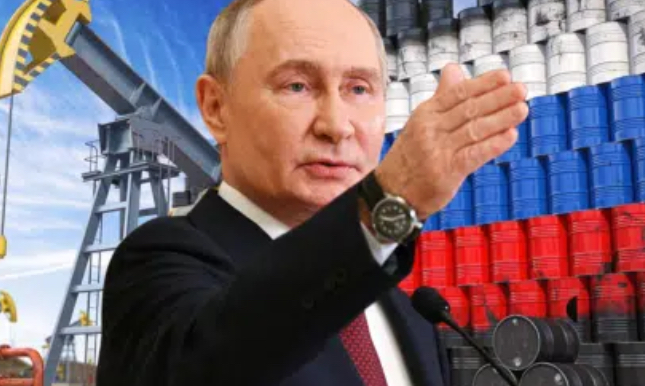For decades, the United States and its official currency, the U.S. Dollar, has had a big impact on global trades. The US utilizes systems such as SWIFT, a global bank messaging network and the power of the $US dollar to enforce various foreign policies through sanctions and financial restrictions.
If you are unfamiliar with sanctions, they are economic and political restrictive measures imposed by one country or any international organization to another country for violating international laws. And the U.S. is famous for using sanctions as a tool of foreign policy.
However, its look like the dominance of U.S on global trades is fading as nations are using cryptocurrencies and other alternatives for global trade and avoid sanctions. Recently, Reuters reported that Russia is utilizing cryptocurrencies to facilitate trade with China and India.
Russia is taking the help of intermediaries to facilitate all these trades, sidestepping traditional banking systems controlled by the U.S. and its allies. Through digital currencies, the country easily converts Chinese yuan and Indian rupees into rubles.
According to sources, Russian Oil traders do millions of worth of monthly transactions utilizing cryptocurrencies. Last year, the Russian minister announced publicly that Russia is free to use digital assets in foreign trades. However, it has not been reported that cryptocurrencies are used in oil transactions with China and India.
But the main question arises: How does Russia’s crypto oil trades works? If you thinking the same, then you are at the right place. In this article, we will explore Russia’s crypto trade strategy. So, without wasting time, let’s get started.
Russia’s sanctioned oil trade relies on a multi-step process involving intermediaries and digital assets. First, Chinese and Indian buyers pay intermediary trading firms in yuan or rupees. Then comes offshore Conversion, where Funds are deposited into offshore accounts outside Russia, avoiding direct exposure to sanctioned entities.
Then, intermediaries convert these funds into cryptocurrencies like Bitcoin (BTC), Ethereum (ETH), or Tether (USDT) according to their liquidity and stability. After this process, the Ruble settlement takes place. The crypto is transferred to Russian accounts and exchanged for rubles through domestic platforms.
This method facilitates currency conversions while masking transaction trails, making enforcement of price caps and sanctions more difficult for Western regulators.
According to Reuters’ sources, cryptocurrencies such as Bitcoin and Ethereum and Stablecoin such as Tether (USDT) are the key tools of Russia’s crypto strategy. USDT dominates the crypto transaction because of its capability of a 1:1 peg with the U.S. dollar. On the other hand Bitcoin and Ethereum is used for the larger transactions where privacy is prioritized.
Moreover, sources claimed that Russia will resume using cryptocurrencies in oil trades weather any sanctions are in place or if they are lifted, or Russia is free to use the dollar. In March 2025, Russia’s central bank legalized crypto investments for high-net-worth individuals.
Russia’s crypto-fueled oil trade to bypass Western sanctions signifies a global shift in trade dynamics. Now, this strategy will be followed by more countries and indicates a potential long-term challenge to U.S. dollar dominance in international commerce.
Russia’s crypto trade strategy mirrors tactics by Iran and Venezuela, which utilize digital currencies to sell 12-15% of their oil exports. Countries around the world is are reconsidering their dependence on the U.S. dollar. Recently Eurogroup President Paschal Donohoe has encroached digital euro and said it is a clear path to minimizing dollar reliance.

